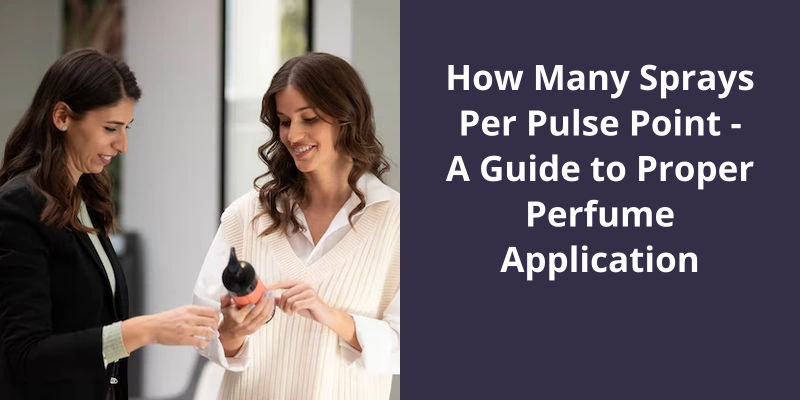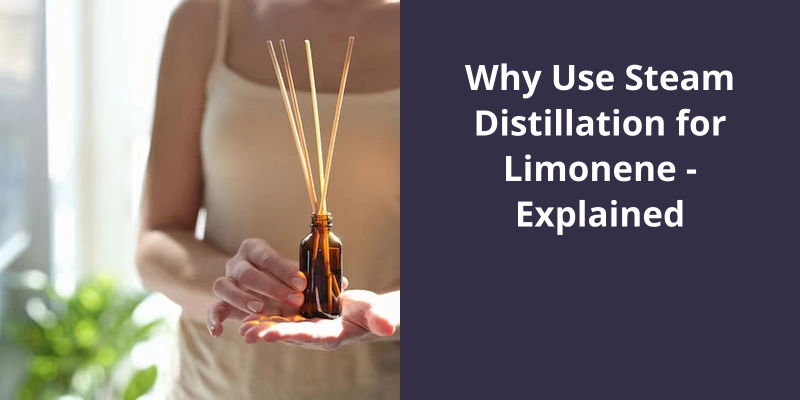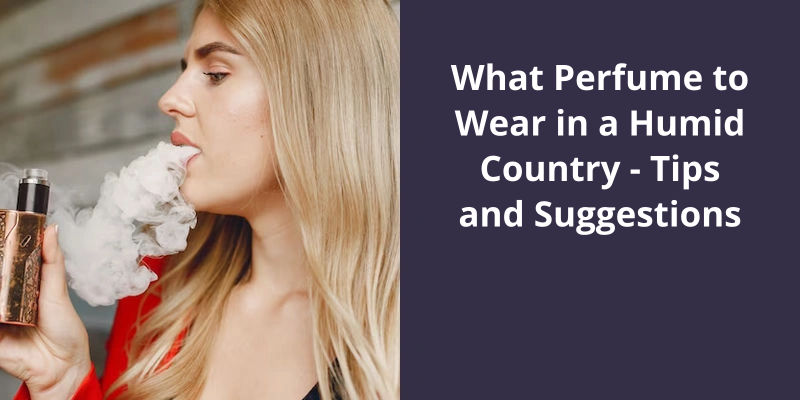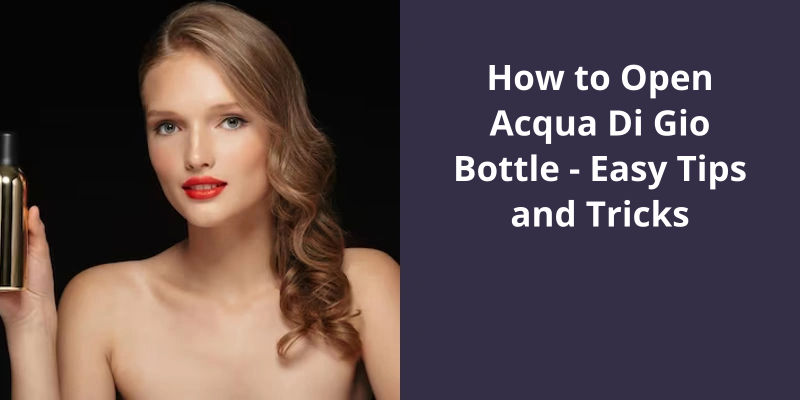How Many Sprays Per Pulse Point: A Guide to Proper Perfume Application
The number of sprays per pulse point when applying perfume should typically be one. Pulse points are areas where the blood vessels are close to the skin, causing it to be warmer, which helps in diffusing and maximizing the aroma of the perfume. These points include the wrists, behind the ears, the base of the …
How Many Sprays Per Pulse Point: A Guide to Proper Perfume Application Read More »










